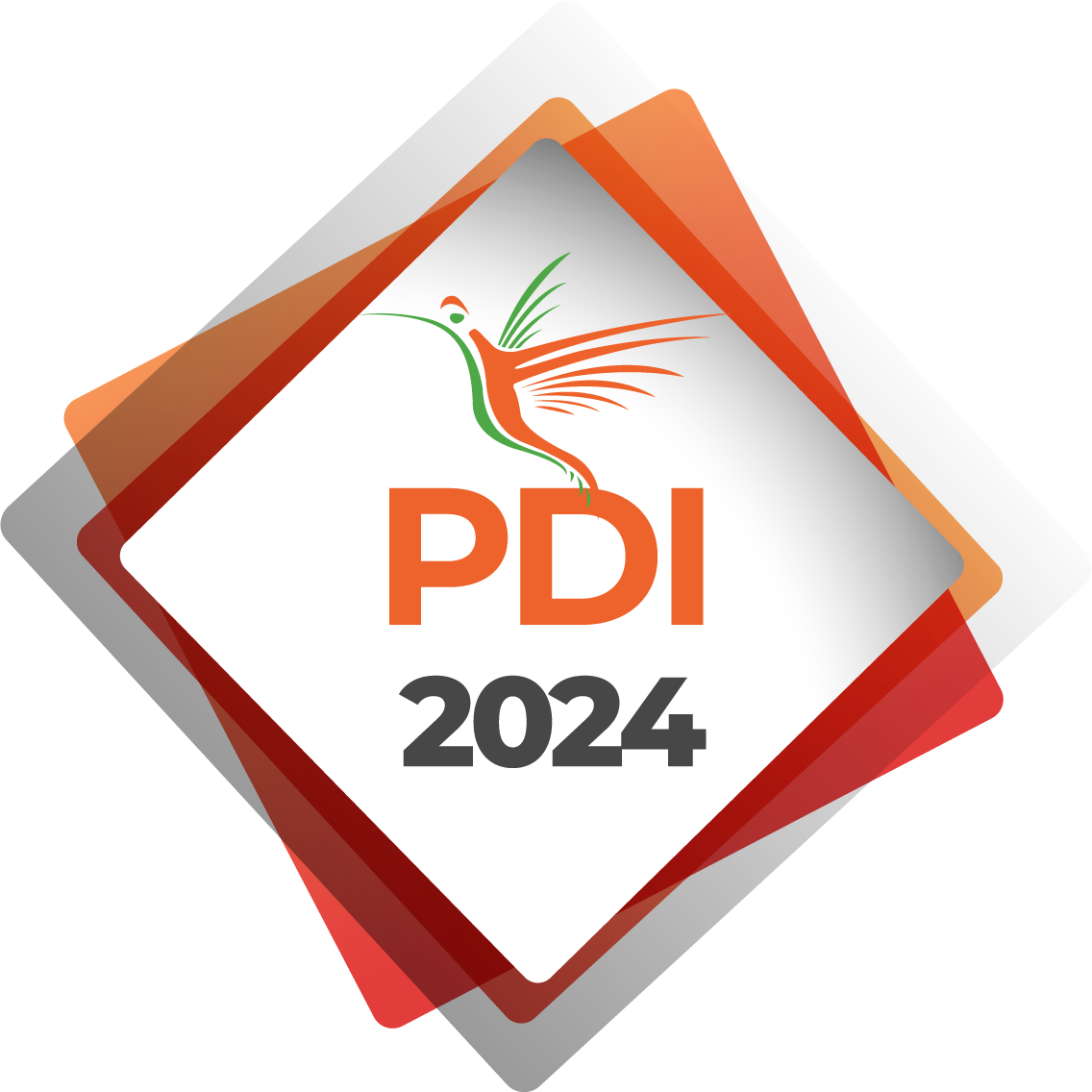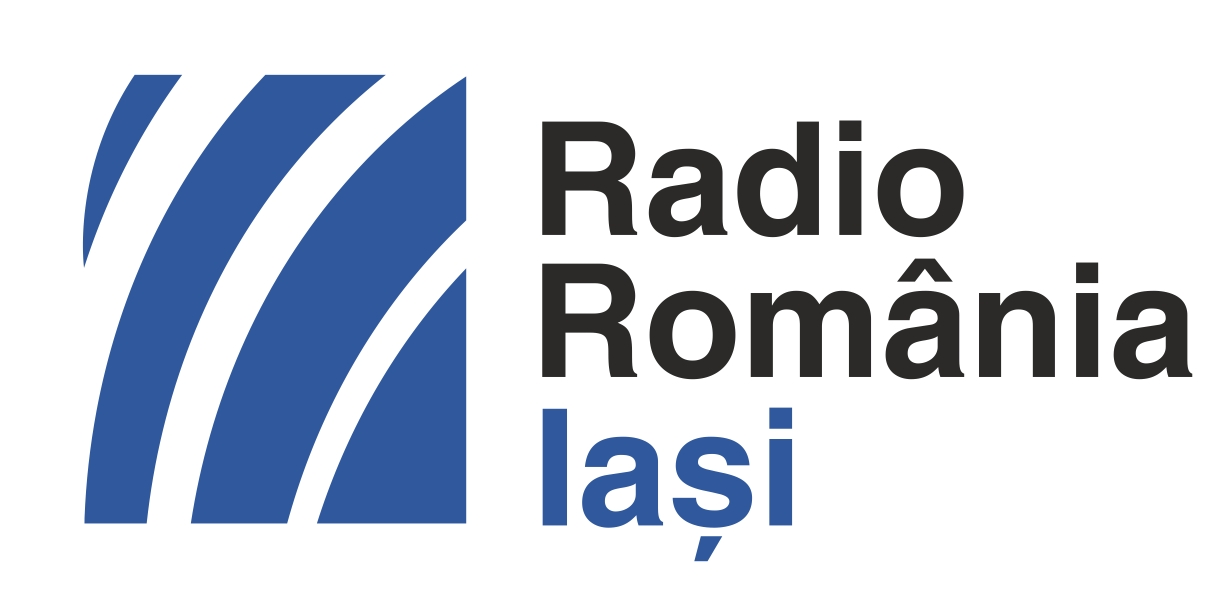Prof. Dr. Niazi Khusrow

Prof. Dr. Khusrow Niazi
Member, American College of Cardiology Competency Management Committee
Professor of Medicine, Emory University, Atlanta, Georgia
Scurt CV
Dr. Niazi is board certified in Internal Medicine, Cardiovascular Diseases and Interventional Cardiology by the American Board of Internal Medicine. In addition he is certified in Vascular Medicine Board and in Endovascular Board by the American Board of Vascular Medicine. He has had extensive experience working in some of the leading institutions of the world including USA. He was the first physician who conducted a prospective trial of small vessel stenting was superior to balloon angioplasty in coronary arteries. He joined Emory University in 2003. He has trained many cardiologists and has done mini-seminars in how to do and read non-invasive Doppler techniques for the diagnosis of vascular diseases and complex interventional procedures. He has written two book chapters in Interventional Cardiology 2nd edition on PAD and chronic venous disease. He has pushed cardiologists to look for vascular disease outside the heart. Dr. Niazi is a prolific teacher and besides teaching medical students, residents and cardiology fellows, he has been invited to give lectures, grand rounds locally, nationally and internationally. He has done live demonstration cases demonstrating various endovascular techniques in different countries. He enjoys working with other physicians and learning from them.
Contactează operatorul PDI 2024
Operatorul PDI 2024
![]()
Adresa: Str. A. Panu nr. 13, Iasi
Tel.: 0332.40.88.00-05
E-mail: contact@pdi.ro
Website: www.eventer.ro
Parteneri Media








